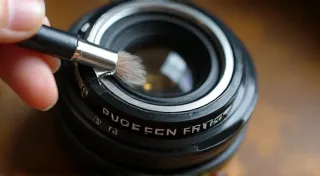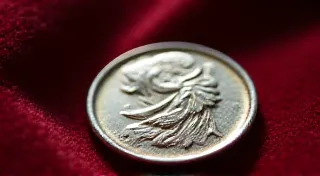The Ephemeral Palette: Experimenting with Cross-Processing Vintage Film
There's a quiet dignity in holding a vintage film camera. The cold, precise weight of brass and steel, the click of the shutter a tangible echo of countless moments captured before us. Many of these cameras, particularly those from the mid-20th century, were marvels of engineering, testaments to a dedication to craftsmanship largely absent in today's mass-produced electronics. Restoring them is more than just a technical exercise; it’s a dialogue with the past, an act of preserving artistry. And what better way to honor that artistry than to push the boundaries of the medium they were built to serve?
For years, I collected them – battered Rolleiflexes, stoic Nikon Fs, quirky Pentaxes. Each held a story, a history of hands that had held them, landscapes they had framed. The beauty, I realized, wasn't just in the perfectly preserved machines, but in the possibility of breathing new life into them. That’s when I started experimenting, not with mechanical repairs (though those are crucial, of course!), but with the chemistry – specifically, with cross-processing.
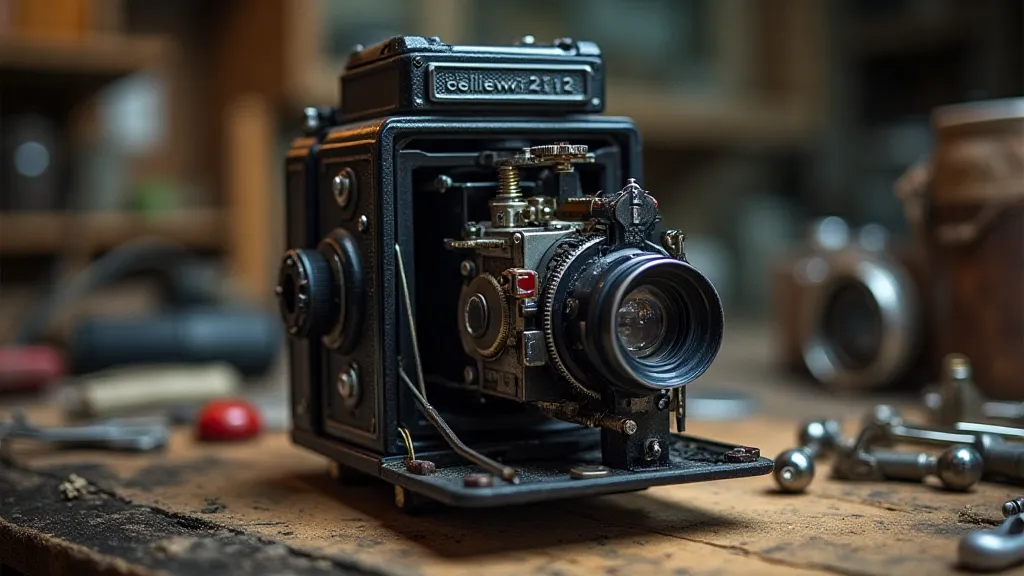
The History of Cross-Processing: More Than Just a Trend
Cross-processing, in its simplest definition, involves developing film intended for one type of chemistry in a different type. Traditionally, black-and-white film is developed in black-and-white chemicals, and color negative film (like Kodak Portra or Fuji Superia) is processed in color negative developers and fixers. Cross-processing deliberately reverses this. It’s not a recent invention; it’s been around since color film was first introduced. Early experimentation by photographers, seeking alternatives to the often-predictable results of standard processing, led to the discovery of these unpredictable, yet often stunning, effects.
Initially, it was a necessity born from limited access to specialized labs. Rural photographers, or those in regions with fewer processing options, sometimes found themselves needing to use black-and-white developers for color film. While the results weren't always desirable, they weren’t necessarily bad either. Over time, photographers began to deliberately explore this deviation, recognizing the potential for unique aesthetics. Today, it’s become a stylistic choice, a way to impart a surreal or nostalgic feel to photographs. The appeal lies not just in the visual result, but also in the act of connecting with this history, understanding how photographers of the past overcame limitations to produce art. It's a tactile reminder of the resourcefulness that drove early photographic innovation.
Why Vintage Film and Cross-Processing? A Perfect Pairing.
Vintage film cameras possess a certain character that modern cameras often lack. It’s not just nostalgia talking. The lenses, often multi-coated with meticulous care, impart a distinctive rendering of light and shadow. The feel of the mechanics, the precision of the engineering - it's a testament to an era when durability and craftsmanship were paramount. The film itself – especially the older formulations – possesses a grain structure and color response that feels warmer and more organic. Combining this with the inherent unpredictability of cross-processing creates an alchemy of sorts. The expected results simply melt away, leaving you with something unexpected and frequently beautiful. Thinking about the construction of these cameras and how they were manufactured, you begin to appreciate the nuances of their design; a topic we explored further in “Echoes in the Metal: Exploring the Significance of Materiality in Antique Camera Design.”
For example, pushing a Kodak Portra 400 film, a stock celebrated for its creamy skin tones and subtle color palettes, through a black-and-white developer creates a fascinating contrast. The subtle hues and gentle gradients characteristic of Portra are warped, distorted, and reinterpreted through the monochrome lens. The result is often a heightened sense of texture, a more dramatic contrast, and a surprising level of detail that might otherwise be muted.
The Process: A Gentle Guide
Let's be clear: cross-processing is not about following a strict formula. It's about experimentation. There's a degree of risk involved – you might not always like the result. But that’s part of the beauty. Here's a basic overview to get you started:
- Choose Your Film: Color negative film (Kodak Portra, Fuji Superia, Kodak Gold) works best. Older film often responds even more dramatically.
- Choose Your Developer: A black-and-white developer (like Ilford ID-2 or Kodak D-76) is the most common choice for cross-processing color film.
- Follow the Developer’s Instructions: Dilution, temperature, and development time are crucial. Don't deviate wildly from the recommended guidelines – a good starting point is the recommended development time for the black-and-white developer on a similar ISO film.
- Fix and Wash: This part is standard. Use a regular color negative fixer.
- Dry: Hang the film to dry.
The degree of the effect depends on a number of factors: the type of film, the developer, the development time, and even the temperature of the chemicals. Longer development times and higher temperatures generally lead to more intense results. Don’t be afraid to keep a log of your experiments – noting down the film type, developer used, dilution, temperature, and development time. This will allow you to replicate successful results and learn from your mistakes. It’s a rewarding process that allows you to connect with the physical aspects of photography, something akin to understanding the replacing light seals on vintage cameras, ensuring their longevity and optimal performance.
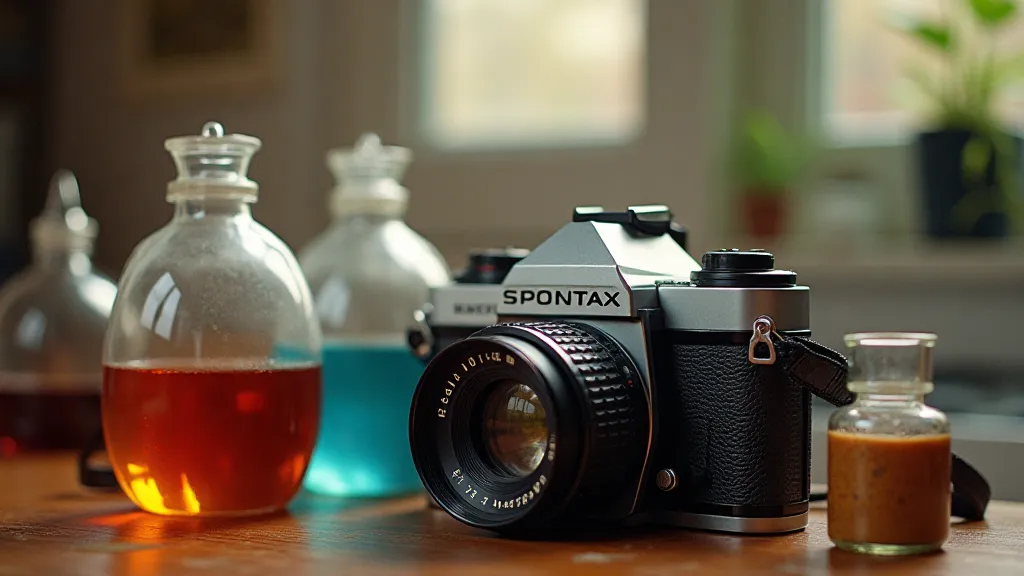
Beyond the Basics: Exploring the Spectrum of Effects
Once you’re comfortable with the basic cross-processing technique, you can start to explore more nuanced approaches. Try different black-and-white developers. Some will yield more contrast, while others will be gentler. Experiment with different development times to fine-tune the effect. You can also try processing film in developers designed for slide film (E-6 chemistry), which often produces even more surreal results.
Consider the emotional impact of the altered colors. Cross-processing often creates a sense of melancholy, nostalgia, or even dreamlike unreality. This can be incredibly powerful when combined with the inherent beauty of vintage film and the character of antique cameras. It's a way to not just record a scene, but to interpret it, to infuse it with a particular feeling. This connection between materiality and feeling is something we've touched upon in many of our articles, including "The Silent Dialogue: How Antique Cameras Reflect the Social Norms of Their Time".
The Enduring Allure of Imperfection
Restoring a vintage film camera is about more than just repairing the mechanics. It's about appreciating the history, the craftsmanship, and the inherent beauty of a bygone era. And when you combine that with the unpredictable magic of cross-processing, you're not just creating photographs; you're creating memories, artifacts of a unique and fleeting moment in time. The act of engaging with this process—and with vintage cameras more broadly—demands a certain patience and mindfulness, an ability to find beauty in the imperfection, much like the “stillness between frames” that allows for genuine connection with the craft.
The imperfections of cross-processing – the unexpected color shifts, the graininess, the occasional anomalies – are not flaws; they are part of the charm. They are a reminder that photography is not about capturing reality perfectly; it's about interpreting it, about imbuing it with emotion and meaning. Just like the subtle wear and tear on a beloved antique camera, these imperfections tell a story – a story of experimentation, of artistry, and of the enduring allure of the ephemeral. They speak to a time when photographs were precious, tangible objects, not fleeting digital images.
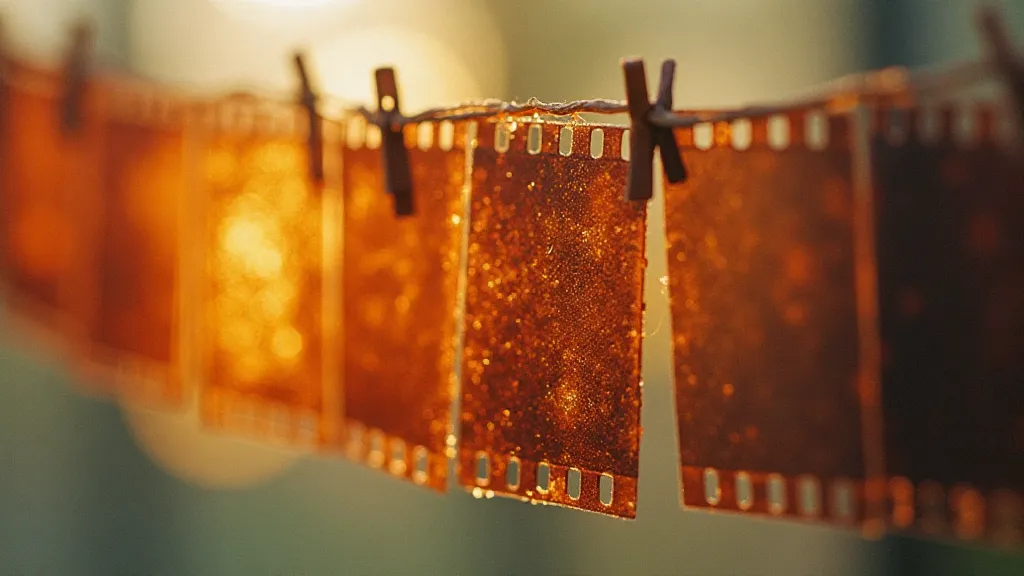
The impact of these altered colors and textures speaks to a broader artistic trend—a desire to move beyond the clinical perfection of modern photography and embrace the beauty of the handmade, the imperfect, and the emotionally resonant. The act of cross-processing is more than just a technical exercise; it's a rebellion against the relentless pursuit of flawless reproduction, a celebration of the unexpected, and a testament to the enduring power of human creativity.



